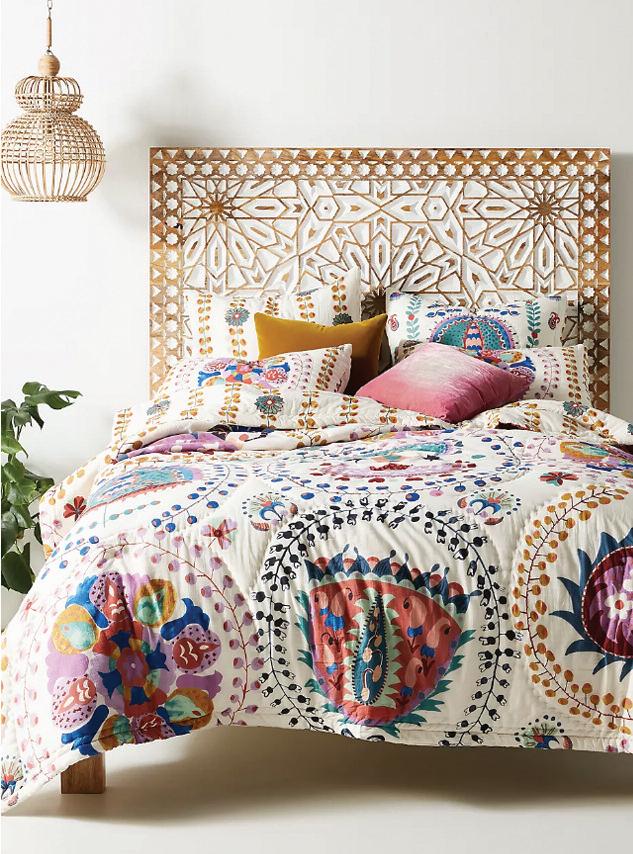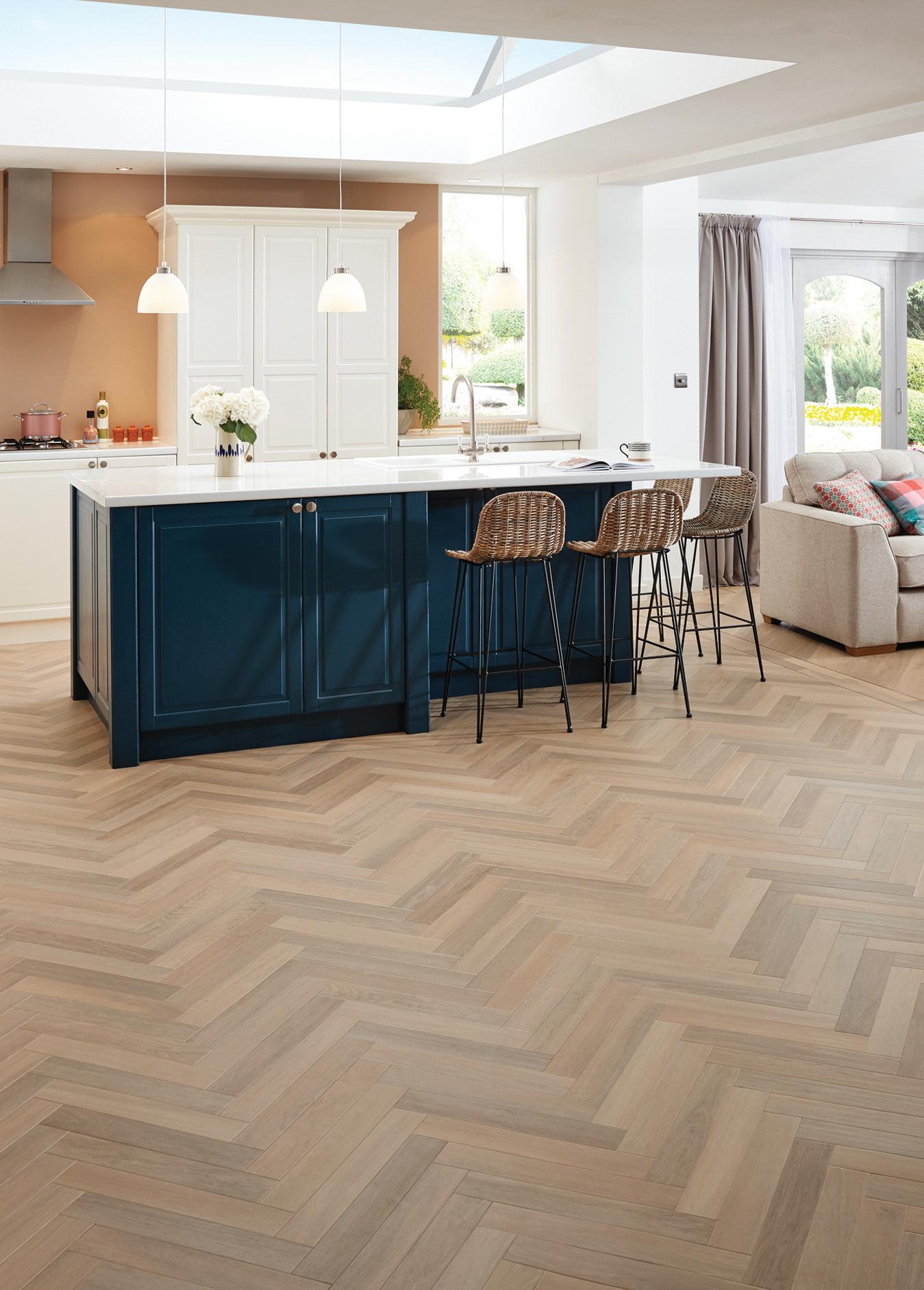
4 minute read
HOME COMFORTS
Rooms for refuge
Comfort, cosiness and character are now the three driving forces in the home interior, says Emma Clegg, as she ponders the idea of how where we live is no longer somewhere where we spend just part of our lives
Advertisement
From the first primitive dwellings where caves provided shelter, warmth and refuge, and the first idea of ‘home’, the built environment has continued to work around these human needs, to protect those living within from the natural world, its stressors, and the multifarious dangers beyond. It’s got more complex and hierarchical – interior products and style options are now mind-boggling and there’s no even playing field as we can’t all afford or have room for a hot tub or a summerhouse or a gym or yoga retreat. And yet our homes still provide answers to these essentials that make us feel safe and secure.
Whatever our experience in the last year, we’ve all been spending more time at home. For those on furlough or working principally from home – especially for the lucky ones with a decent amount of space and a garden – there was a thrill of excitement: no need to get up so early, more time for yourself, for our loved ones and animals, for cooking, for things that had been put off for too long. So our interiors have been more on our minds and have got more attention, whether it’s cleaning, reorganising, painting walls or deciding on a new sofa.
The idea of feeling safe is integral to having a space that’s yours. There is an architectural school of thought called ‘prospect and refuge’ that says that people prefer environments where they can easily survey their surroundings and quickly hide or retreat to safety if necessary. These are perceived as safe places to explore and dwell and are seen as more aesthetic than environments without these elements. It all goes back to our evolutionary history where environments with good outward surveillance and refuge increased the likelihood of survival, like a medieval fortress with a moat and drawbridge.
But these ideal aspirations nowadays, for the common people at least, mostly link to the style of architecture we live in. We might not have a scenic view and we probably don’t yearn for an internal safety chamber for moments when we feel under threat. Ultimately what we do have control over is our allotment of living space and – without the outside distractions of shops, restaurants, pubs, cinemas, theatres et al – the home has become the centre of entertainment, the workspace, the dining space, the sleeping space, and so how we experience it matters more than ever. It’s no longer somewhere where we spend part of our lives. It’s our main context.
This focus on remodelling the home interior to suit the change of circumstance has unsurprisingly been much emphasised this year. The resulting interior trend has been the customisation of our spaces into comfortable havens. It seems our fantasy homes are now characterised by warmth, cosiness and personality. The choices we’re making in our home refuge also have a definite sustainable emphasis – vintage furniture, upcycling, green credentials, bolstering resources. We’ve even seen (welcome) new government legislation encouraging homeowners to fix their white goods appliances rather than replace them because it’s a more economical option.
The need for comfort has resulted in the decline of previously popular interior styles. Mid-century modern, a style initiated by Bauhaus architects and designers, is characterised by simplicity and functionality and what were then ‘new’ materials such as plastic, but it is not the sort of style that you can throw yourself on at the end of the day. There is talk of minimalism also being in retreat. A swept-clean interior might not hold our attention all day and it’s possible we may spend so much time tidying and sweeping that we don’t actually have much left over for anything else. It’s not about becoming maximalist and cluttered, though, it’s finding carefully selected pieces that animate and ground us. It’s also likely that thoughts will turn to durability and resilience, perhaps tiled floors with natural materials over carpets?
So we’re recommending some serious thought about comfort and refuge – and a rawer, less tidy, more casual aesthetic. Think about making your home textural and layered with warmth and purpose –even though we may be able to fly the nest more often in the months ahead, it can’t be at the expense of our essential hideaway. n
Scandi White Porcelain tiles from Mandarin Stone; mandarinstone.com. Porcelain tiles sum up what chilling is all about; style them simply with a statement chair to achieve a minimalist Scandinavian style
RIGHT: This Delissa Quilt from Anthropologie is a fabt spot to lounge on with a laptop. And the useful stylist’s tip is to unmake the bed a bit after it’s been made. £148–168; anthropologie.com














